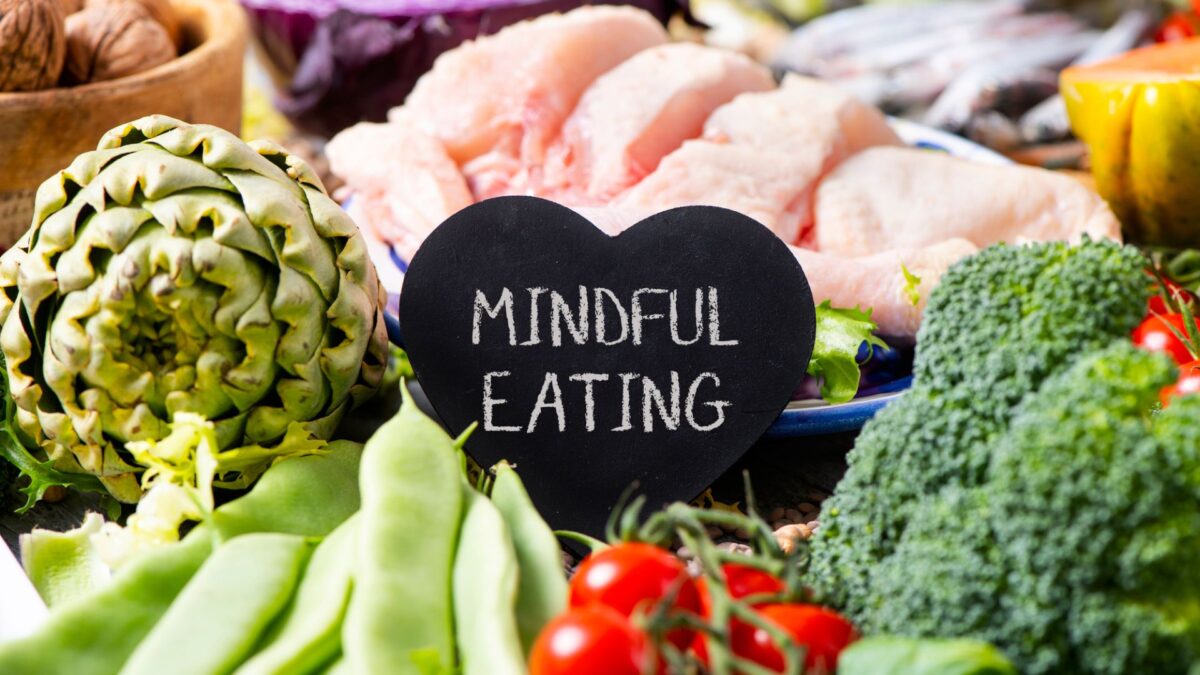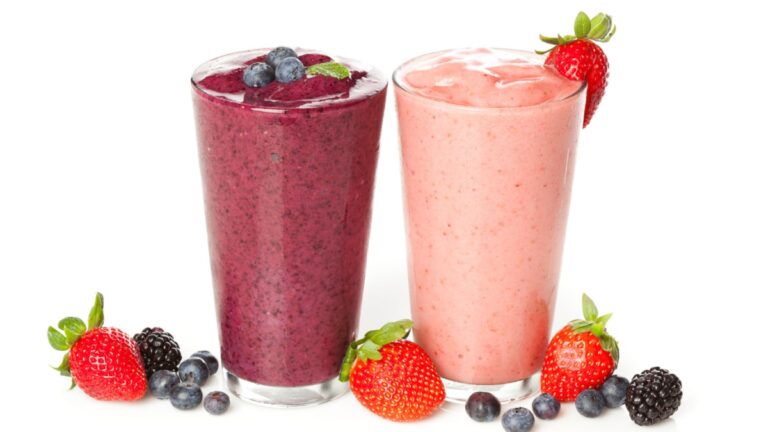The Art of Mindful Eating: 13 Ways to Transform Your Relationship with Food
Eating has become a rushed and mindless routine for many of us in the hustle and bustle of our daily lives. We grab quick snacks on the go, multitask during meals, and rarely take the time to savor our food. This lack of mindfulness can lead to overeating, unhealthy food choices, and a disconnected relationship with our bodies.
In order to create a more conscious and positive relationship with food, the practice of mindful eating offers a transformative approach. Here are 13 practical ways to incorporate mindful eating into your daily life.
Pause and Breathe
 Pin
PinBefore you start eating, take a moment to step away from the busyness of the day. This short break, marked by a few intentional breaths, helps you switch from the hectic pace of everyday life to a calm and focused state for eating.
It allows you to hit a mental reset button, letting go of stress and distractions that might have built up. As you enjoy each bite and appreciate the nourishment your meal brings, this moment of stillness sets a positive tone for the entire time you spend eating.
Engage Your Senses
 Pin
PinTake a closer look at your food to make eating more interesting. Check out the colors, feel the textures, and smell the delicious scents. Paying attention to these details helps you stay focused on what’s happening right now, making your meals more enjoyable.
Noticing these things as you eat improves the whole experience and makes each bite more satisfying. It’s a chance to really enjoy your food and appreciate the small, wonderful things that can often be overlooked when life gets busy.
Appreciate Your Food’s Journey
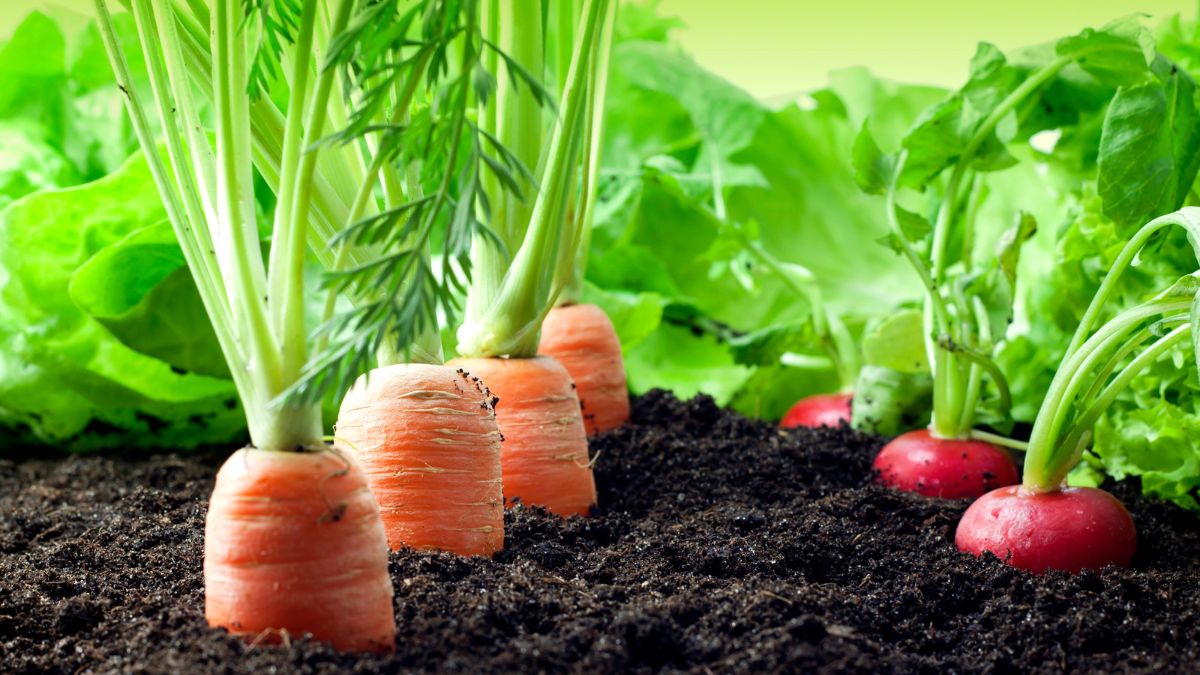 Pin
PinThink about where your food comes from and how much work went into getting it to your plate. Consider the farmers who grew the crops and the people who harvested them, plus all the steps it took to bring the food to you. Being aware of this process can make you thankful and help you feel a stronger connection to the nourishment your meal provides. When you realize the effort and resources that went into making your meal possible, it makes you appreciate it more.
It’s like understanding the journey your food took before reaching you, and this understanding can make your eating experience more enjoyable and encourage you to think about the impact of your food choices on the environment.
Start Small
 Pin
PinWhen you start eating, go for a smaller portion. Mindful eating is more about enjoying your food than telling yourself not to eat certain things. Having less on your plate helps you pay attention to the flavors and keeps you from overeating.
When you begin with a smaller serving, it lets you really taste and feel the food. This isn’t about limiting yourself. It’s a way to enjoy what you eat while being mindful of your body’s signals. It helps to make eating more satisfying and enables you to build a healthier relationship with food by avoiding unnecessary overeating.
Chew Thoroughly
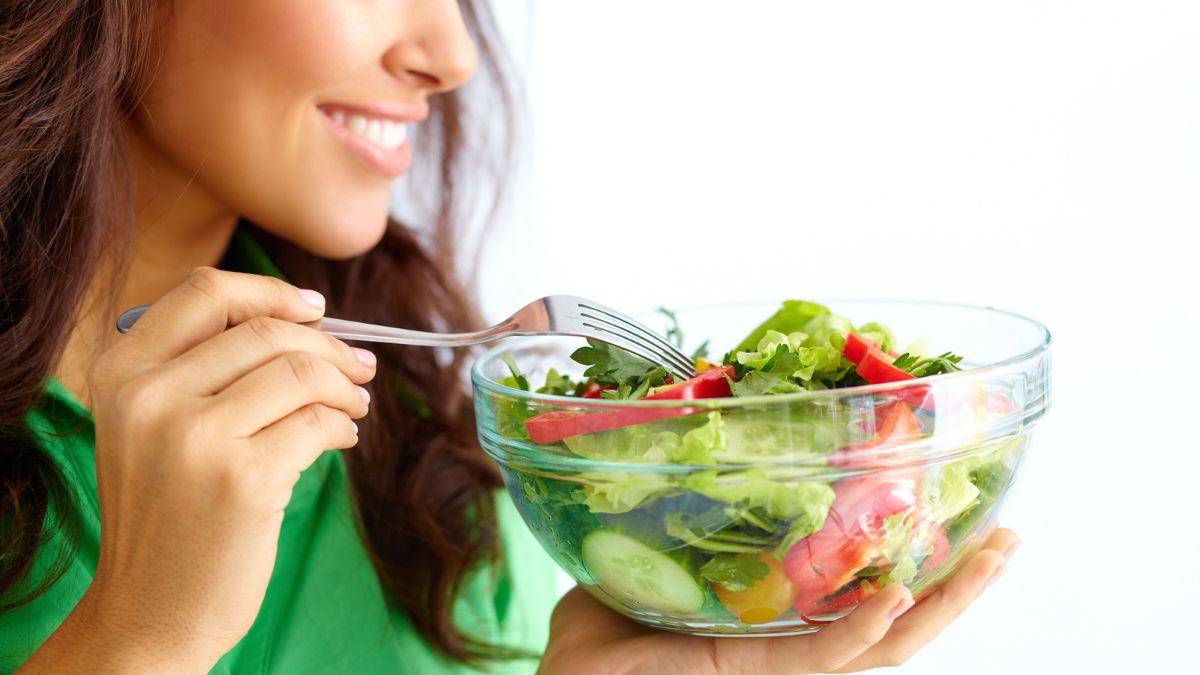 Pin
PinMake sure to chew your food thoroughly while you’re eating. It’s not just about helping your digestion—it also lets you enjoy the taste and feel of what you’re eating. Chewing more breaks down the food into smaller pieces, making it easier for your stomach to handle.
But it’s not just about the physical stuff. Taking your time to chew makes the whole eating experience better. Also, try putting down your utensils between bites. Doing that helps you eat at a good pace and makes you more aware of what you eat. It lets you enjoy each bite and stops you from rushing through your meal too fast.
Eat Without Distractions
 Pin
PinWhen you eat, turn off the TV, keep your phone away, and pick a quiet spot. Doing this helps you focus on your food and notice when you’re hungry or full. Without distractions, you can pay better attention to what your body tells you.
It’s like tuning in to signals that tell you when to start and stop eating. Finding a dedicated space for meals also makes eating a purposeful and intentional activity, making your dining experience more satisfying overall.
Listen to Your Body
 Pin
PinWhile you’re eating, take a moment now and then to think about how hungry you are and how full you’re feeling. Pause and check in with yourself, asking questions about your hunger and satisfaction. Being aware of these feelings helps you make smart decisions about whether to keep eating or if it’s time to stop.
This self-awareness during a meal guides you to make choices that align with your body’s needs, ensuring a healthier and more balanced approach to eating.
Pairing Eating with Exercise
 Pin
PinGet involved in regular physical activity to enhance your mindful eating experience. Adding exercise to your routine is about more than staying fit. It’s also about taking a holistic approach to your health. When you engage in physical activity, you become more aware of what your body needs, feel better emotionally, and make healthier food choices.
Whether it’s a quick walk, a workout, or a fitness class, being active creates a positive connection between your body and the nourishment it gets. Coupling mindful eating with regular exercise builds a more complete and balanced strategy for leading a healthy lifestyle.
Explore Local and Seasonal Foods
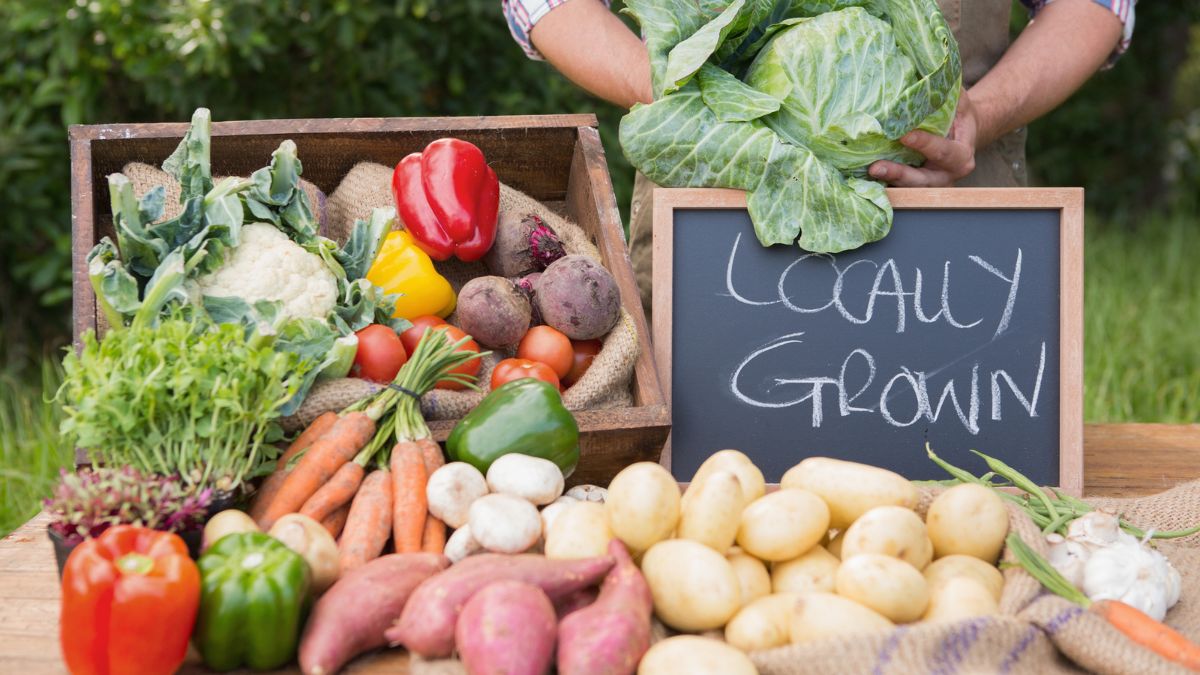 Pin
PinBuild a connection to your food by exploring local and seasonal produce. Go to farmers’ markets or join a community-supported agriculture (CSA) program to find fresh, locally sourced ingredients. Connecting with where your food comes from helps you appreciate the seasonal variety and supports local farmers.
Trying out new fruits, vegetables, and herbs specific to each season not only adds variety to your diet but also fits with the natural rhythm of the environment. This connection to local and seasonal produce makes your meals more vibrant and deepens your understanding of agricultural cycles, making your relationship with food more harmonious and sustainable.
Explore New Flavors
 Pin
PinStep out of your usual food choices and give new things a try. Trying different flavors makes your meals more interesting and helps you pay better attention to and enjoy a variety of foods. Being open to exploring unfamiliar tastes adds a sense of curiosity, giving each time you eat a chance to expand your preferences and learn more about different types of cooking.
Trying new foods turns the regular act of eating into an exciting journey of discovering more about the world of food, creating a stronger connection with the variety around you.
Practice Mindful Snacking
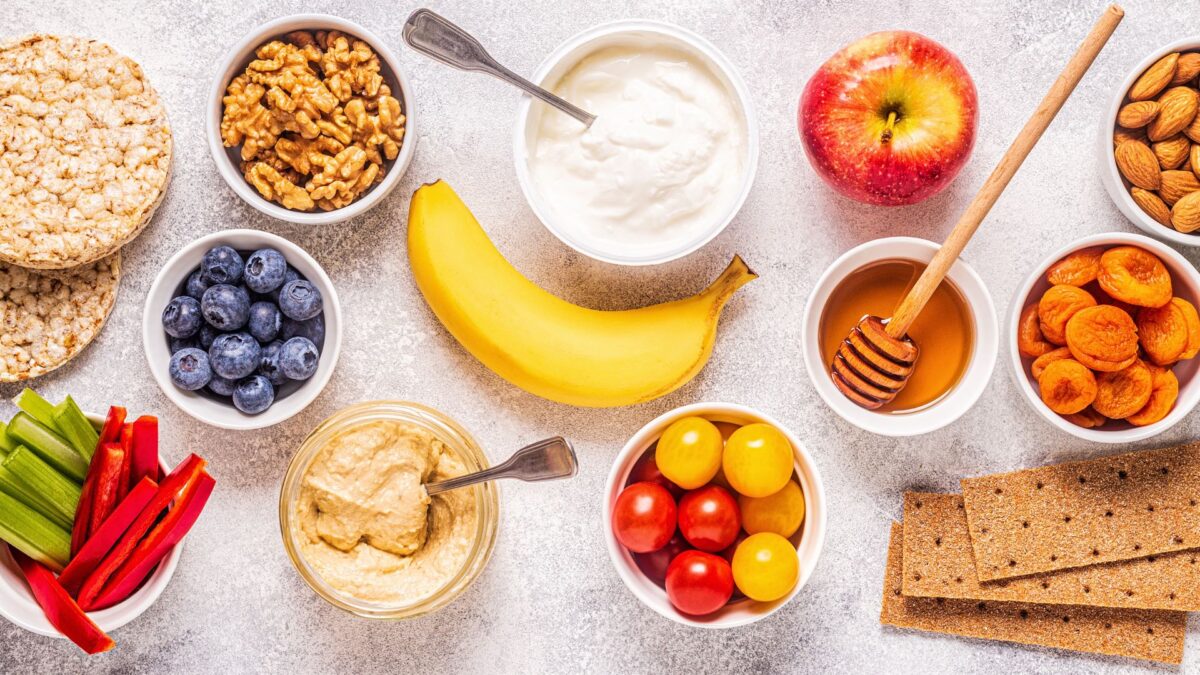 Pin
PinBring mindfulness into your snack routine by choosing nutrient-rich options and genuinely enjoying each bite. To avoid mindless munching, focus on being present and intentional when snacking.
By selecting snacks full of nutrients and taking the time to appreciate the flavors, you nourish your body and cultivate a more conscious and enjoyable snacking experience. Skip distractions and make snacking purposeful, allowing you to connect with the food you eat and promote a healthier relationship with your daily snacks.
Reflect on Emotional Eating
 Pin
PinNotice how your emotions can affect how you eat. When you’re stressed or feeling certain emotions, stop for a moment and think about whether you’re eating for nourishment or just to deal with those feelings. Being mindful and paying attention to your choices helps you break unhealthy habits.
This self-awareness lets you make more thoughtful decisions about what, when, and why you eat. It’s about having a better relationship with food, which involves being aware of your emotions and making intentional choices.
Celebrate the Ritual of Eating
 Pin
PinThink of every meal as a special event, whether you’re eating alone or with others. Enjoy the ritual of eating by paying attention to the little things—setting up a pleasant atmosphere, using good-looking tableware, and taking your time to appreciate the experience.
Remember the social side of sharing a meal, whether it’s with family, friends, or just yourself. Treating each meal as a significant moment turns eating into something more meaningful and enjoyable. By thinking this way, you create a positive connection with food, strengthening your relationship with what’s on your plate and the people you share meals with.
Conclusion
 Pin
PinThe practice of mindful eating is a powerful way to change how you relate to food. It’s not just about eating. It’s about incorporating these 13 techniques into your daily life.
Doing this can help you build a better and more positive connection with food. Enjoy the moment, taste the flavors, and take care of your body and mind by being mindful when you eat.
13 Snacks That Won’t Break Your Bank
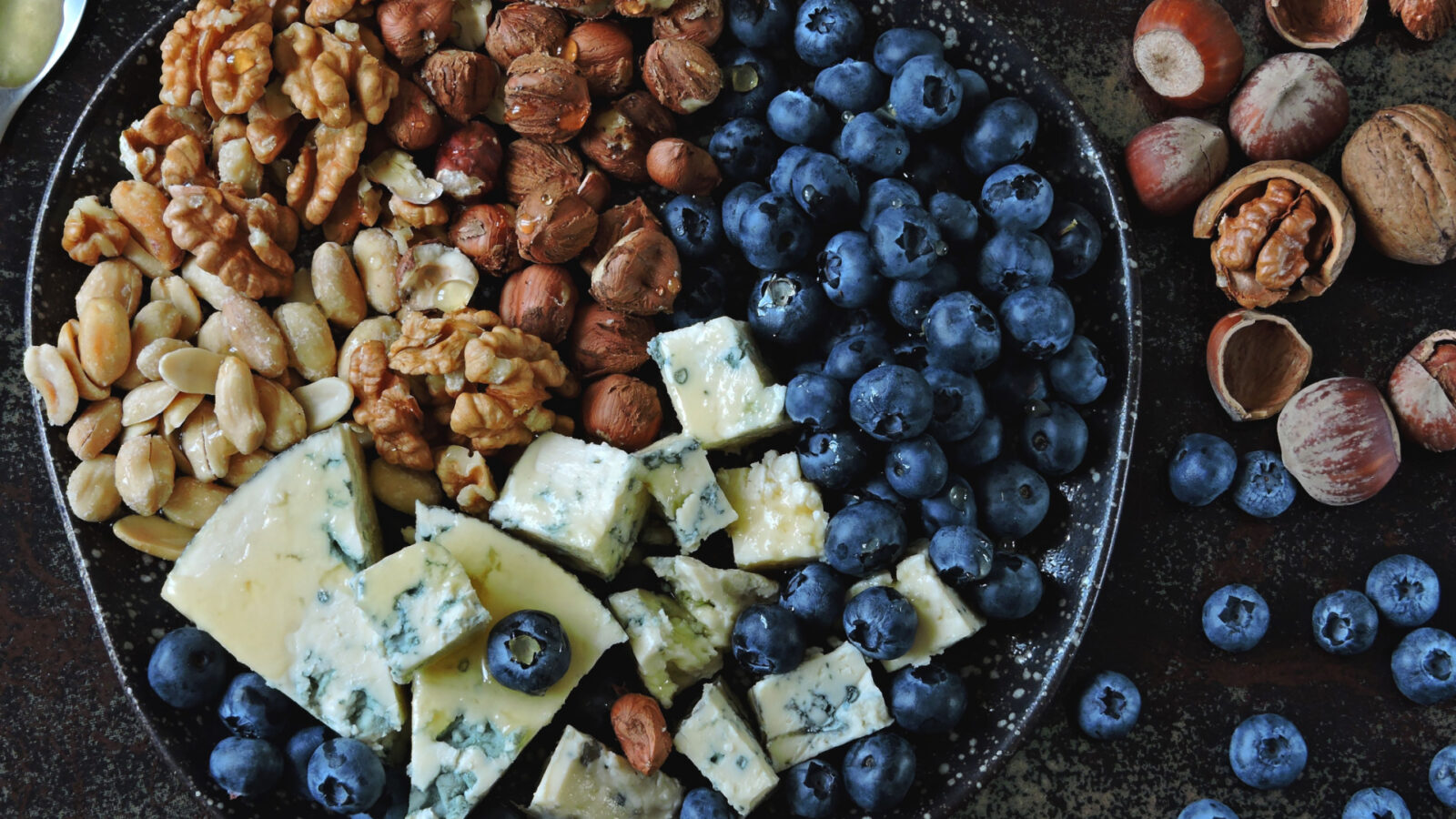 Pin
PinIt can sometimes be tough to find the perfect snack to satisfy your cravings and not break the bank. Here are 13 keto snacks that are perfect for this.
10 Facts About Keto You Probably Didn’t Know
 Pin
PinHere are some interesting facts about keto you probably didn’t already know. It can be hard to fully understand this low-carb diet and the benefits of it.
9 Things I Wish I Knew Before Starting the Keto Diet
 Pin
PinMany people start keto without even knowing some pretty important things. It’s important to do your research before you start any diet. Here are 9 things you should know before starting keto.
12 Foods You Cannot Eat on the Keto Diet
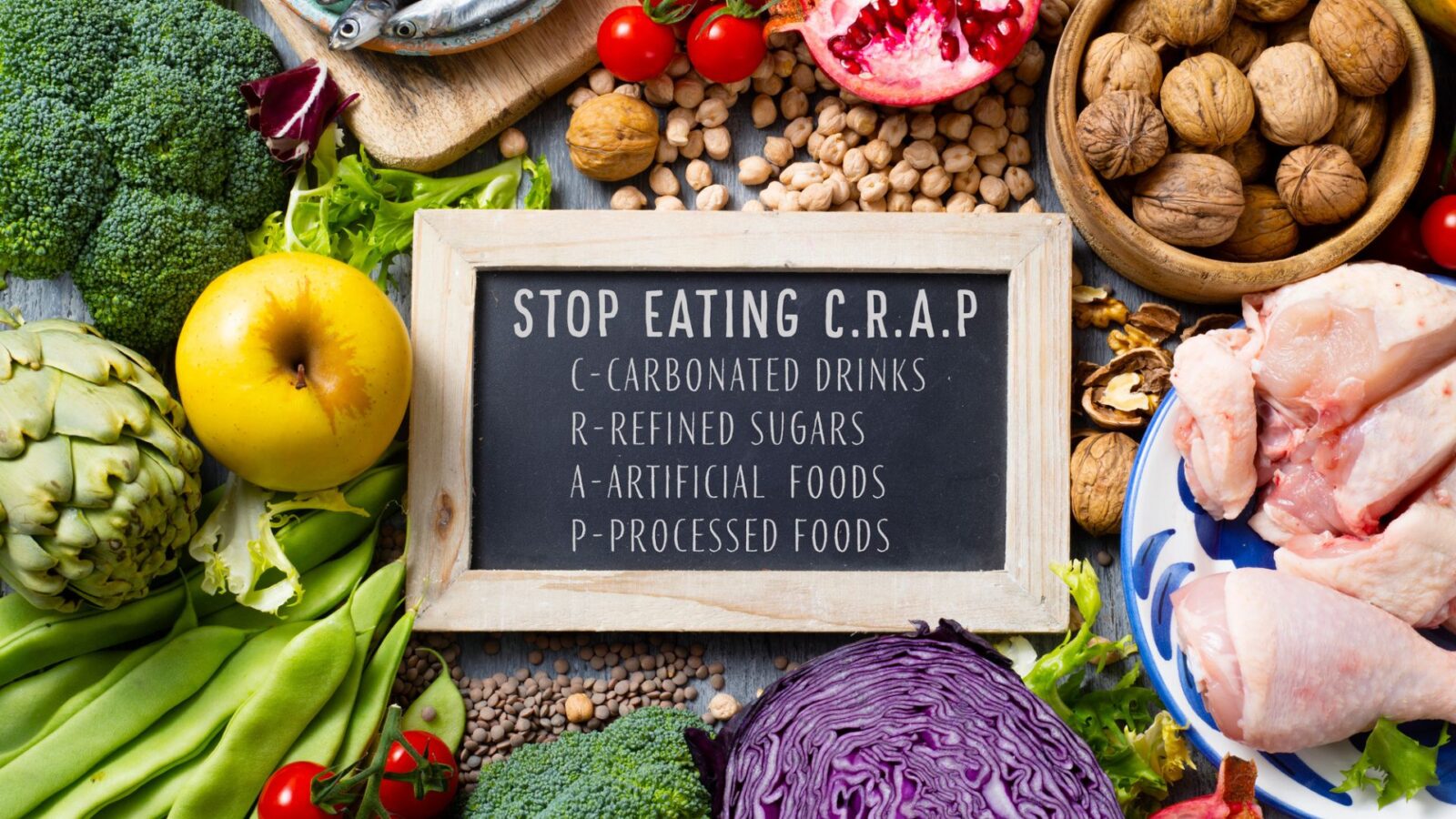 Pin
PinThere are many foods you should avoid while on the keto diet and it’s important to keep this list close by so you don’t fall off the keto wagon. Here are 12 foods you need to avoid.
11 Tips For Surviving Your First Month on Keto
 Pin
PinWhile it may not be so easy to stick to the keto diet, it’s not impossible. Here are some helpful tips to keep you on track so you can stay true to your health and your new keto lifestyle.
